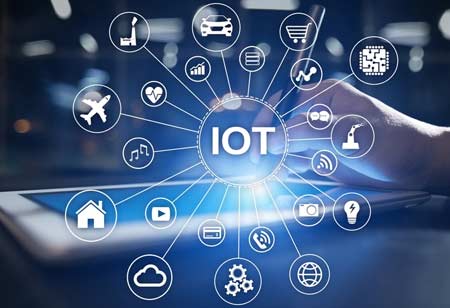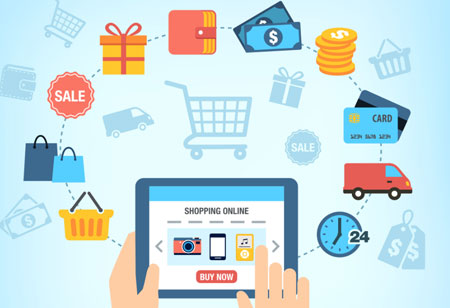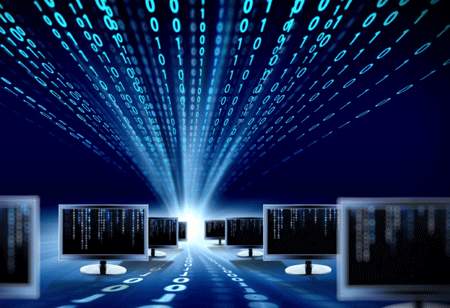THANK YOU FOR SUBSCRIBING
How IoT can Improve Medical Connectivity during the COVID-19 Pandemic
The COVID-19 pandemic is fueling 5G innovation, especially in healthcare automation and medical connectivity. A breakthrough in engineering, such as 5G powered medical robots, can rapidly and reliably scan human temperature, distribute medicat

By
Apac CIOOutlook | Friday, March 26, 2021
Stay ahead of the industry with exclusive feature stories on the top companies, expert insights and the latest news delivered straight to your inbox. Subscribe today.
The COVID-19 pandemic is fueling 5G innovation, especially in healthcare automation and medical connectivity. A breakthrough in engineering, such as 5G powered medical robots, can rapidly and reliably scan human temperature, distribute medications, and disinfect hospital wards, reducing human virus exposure.
Fremont, CA: The covid-19 pandemic has thrown the world into an extraordinary condition in recent months. It also gave birth to new ideas like social distancing and prioritized innovations like cloud, the internet of things (IoT), and artificial intelligence. Similarly, the internet of things (IoT) and the internet of medical things (IoMT) have seen a series of revolutionary revolutions in response to the coronavirus crisis. These innovations in healthcare and retail may have a long-term effect in the future.
The growing role of IoT in medical connectivity
Quarantine Tracking
The successful quarantine of infected or suspected-of-being-infected people is one of the most important steps to halt the spread of coronavirus. IoT systems, ranging from connected drone tracking to thermal heat scanners, are being used to collect data and transmit it to governments or healthcare sectors.
There are a variety of wireless communication and GPS technologies, such as connected drones, cellular positioning systems, and so on, that can be used to track people at meetings or even in offices.
Healthcare Connectivity and Medical Automation
The COVID-19 pandemic is fueling 5G innovation, especially in healthcare automation and medical connectivity. A breakthrough in engineering, such as 5G powered medical robots, can rapidly and reliably scan human temperature, distribute medications, and disinfect hospital wards, reducing human virus exposure. These humanoid robots can also overcome the insufficiency of personal protective equipment required for doctors and nurses. Countries such as China have taken advantage of 5G-enabled healthcare automation by implementing a 5G+ remote consultation arrangement through its numerous hospitals, allowing medical personnel to contact patients as well as interconnect with and learn from other healthcare professionals.
AI-based Chatbots and Medical Robots
As the number of covid-19 cases increased throughout the country, the number of calls to healthcare sectors for questions about symptoms and precautionary measures became overwhelming. According to Partner Healthcare in Boston, the average wait time on their hotline reached nearly 30 minutes, causing even more panic and frustration.
To address this problem, tech companies partnered with hospitals and healthcare facilities to implement AI-based chatbots on their websites and mobile apps. These chatbots may screen visitors and provide safety measures based on the seriousness of their health by asking a series of questions.
See Also :- Top Internet Of Things Solution Companies





